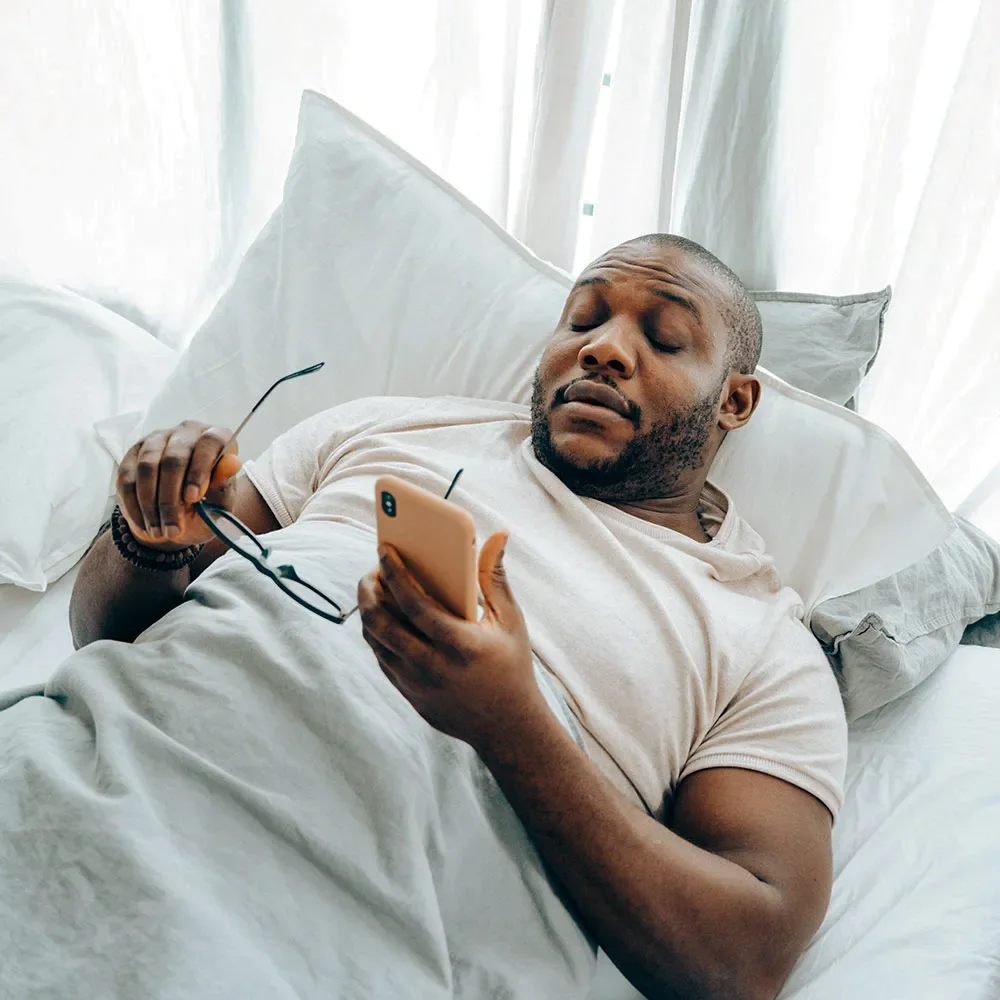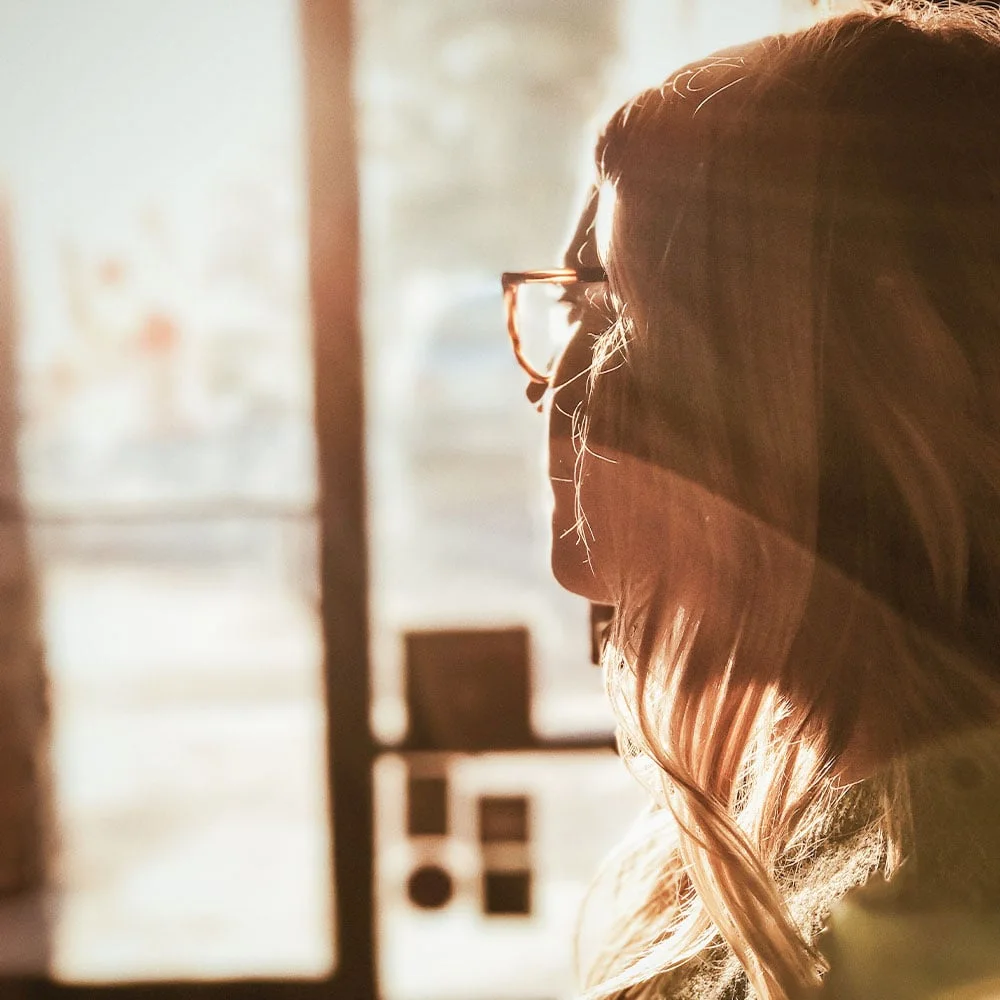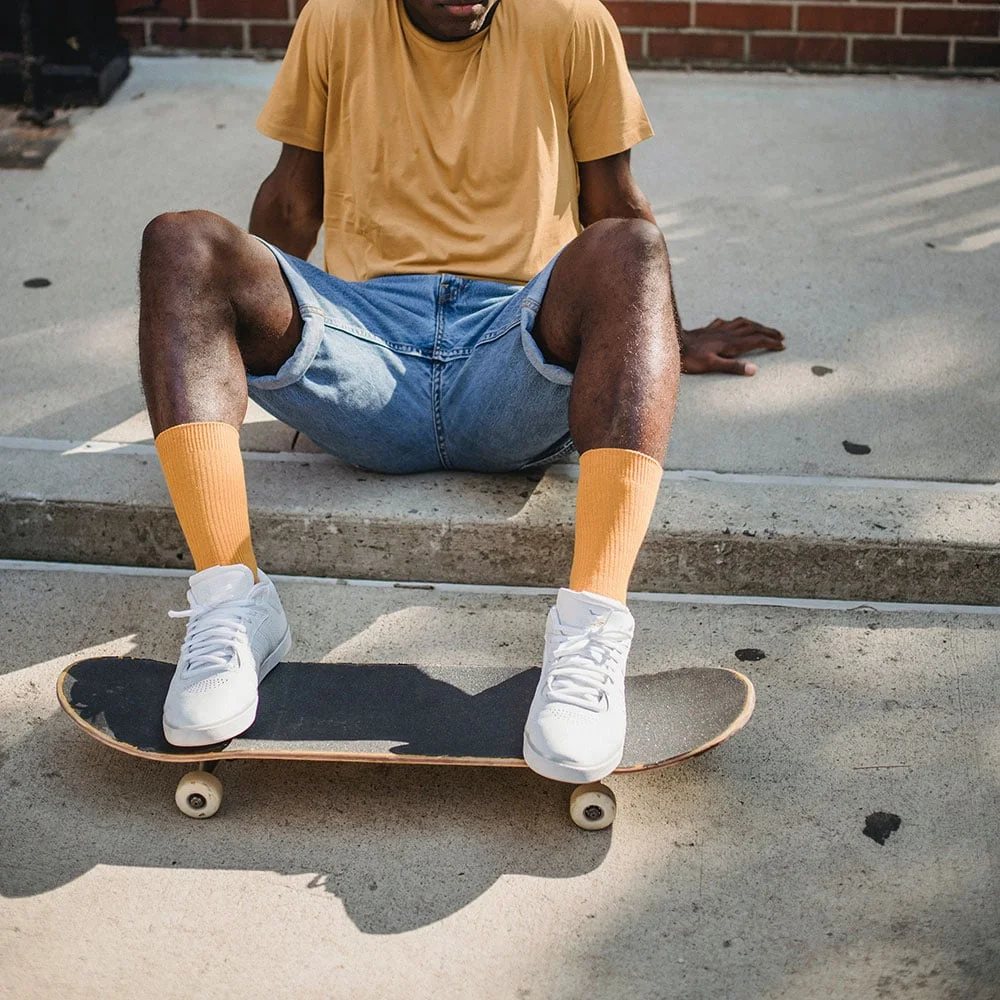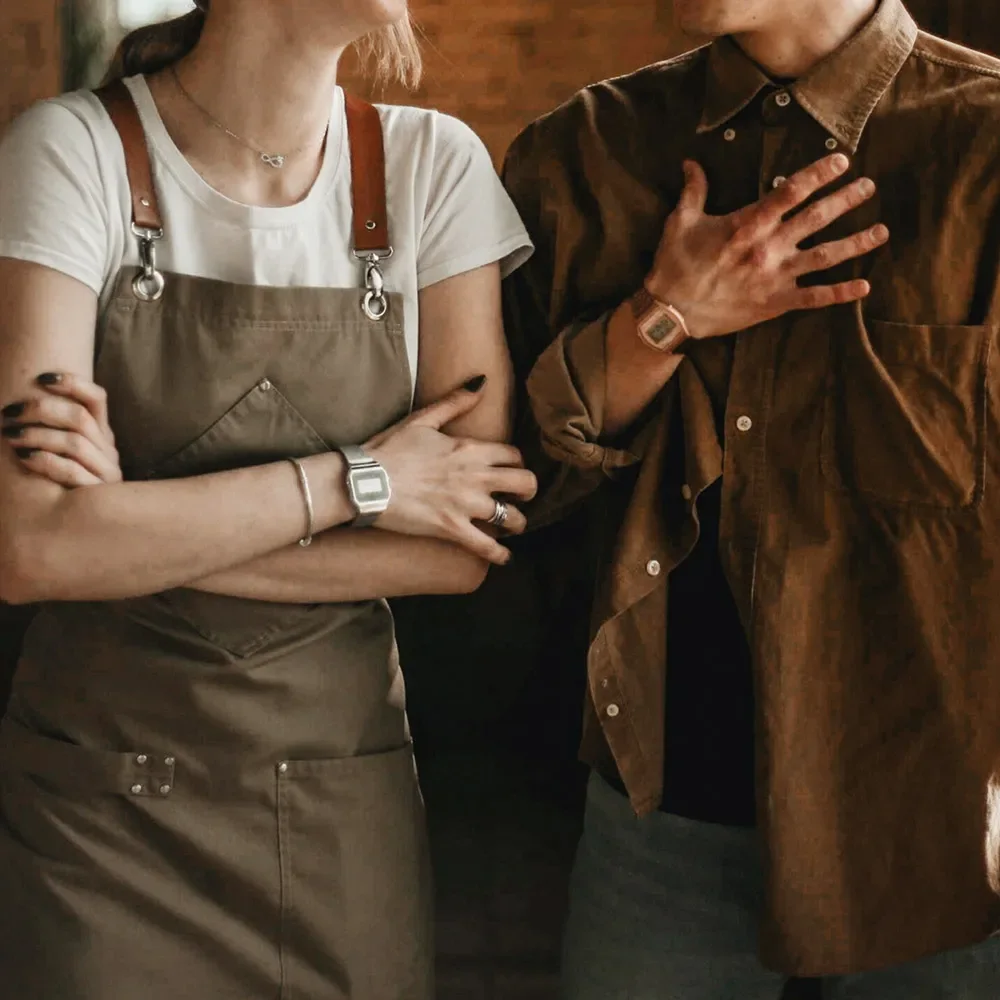Medication Articles
Prescription drugs and over-the-counter medications are important for managing symptoms and treating a wide range of illnesses and conditions. If your healthcare provider has recommended a specific drug to you, it’s important to understand the potential side effects, warnings, drug interactions, and guidance in order to best manage your health.
6 MIN READ
How to give yourself a shot
3 MIN READ
Tamsulosin side effects
4 MIN READ
Buspirone (Buspar)
3 MIN READ
Doxycycline and alcohol
4 MIN READ
Doxycycline hyclate vs. monohydrate
3 MIN READ
Doxycycline and dairy products
4 MIN READ
Generic vs. brand name drugs
5 MIN READ
MAOIs
3 MIN READ
Rapamycin
5 MIN READ
Baby aspirin
4 MIN READ
Metoprolol interactions
3 MIN READ
Can you mix melatonin and weed?











